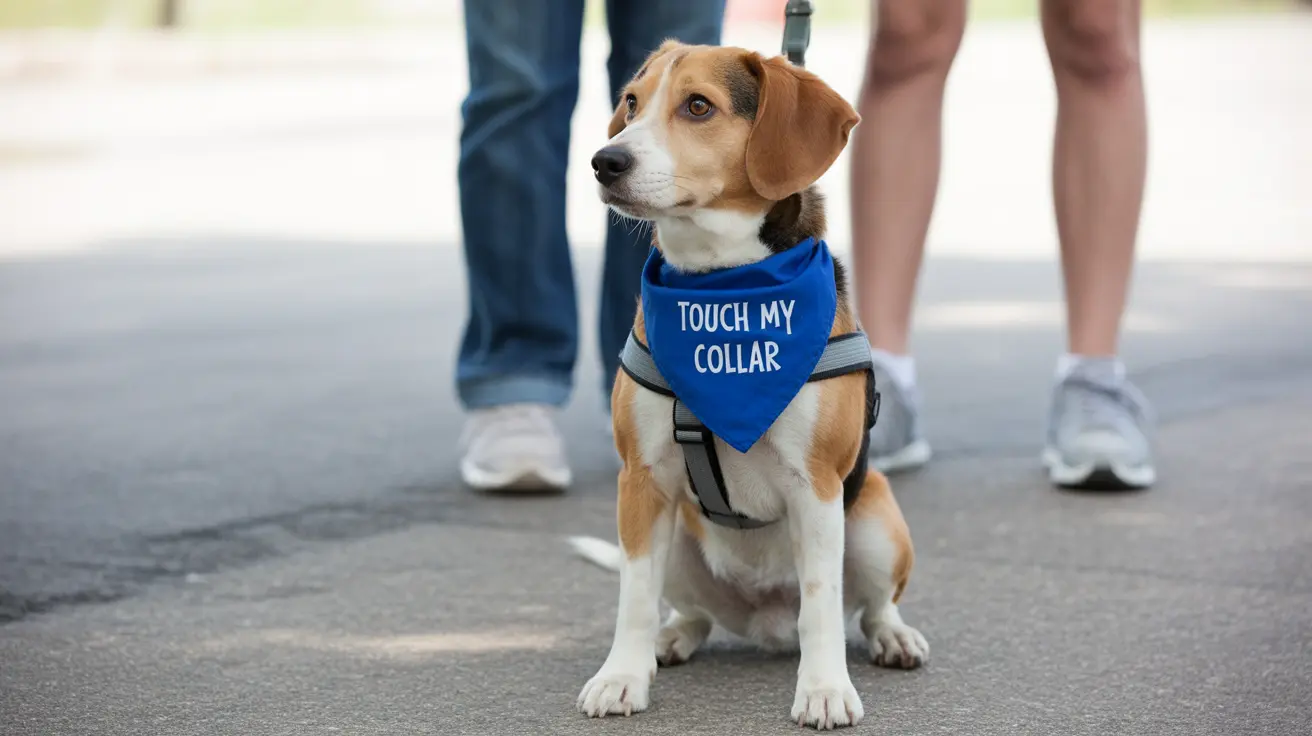What are the signs of a fungal infection in dogs?
Common signs of a fungal infection in dogs include skin lesions, itching, hair loss, discharge, and, in severe systemic cases, lethargy, weight loss, and fever.
Recognizing the Signs of Fungal Infections in Dogs
Fungal infections in dogs can range from mild, localized skin irritations to serious systemic illnesses. Understanding the symptoms early can lead to prompt diagnosis and effective treatment.
Common Types of Fungal Infections in Dogs
- Yeast infections (such as Malassezia dermatitis)
- Ringworm (dermatophytosis)
- Systemic fungal infections such as blastomycosis, histoplasmosis, cryptococcosis, coccidioidomycosis (Valley Fever), and aspergillosis
Typical Signs of a Fungal Infection
Skin and Coat Symptoms:
- Itching and excessive scratching
- Hair loss or thinning coat
- Red, irritated, or flaky skin
- Crusty or scaly patches
- Skin odor or unusual smell
Ear Infections:
- Frequent head shaking or ear scratching
- Brown, yellow, or bloody ear discharge
- Foul odor from ears
- Red or swollen ear canals
Systemic Infection Signs:
- Loss of appetite
- Lethargy or depression
- Weight loss
- Fever
- Difficulty breathing
- Lameness or swollen joints
Causes and Risk Factors
Fungal infections often develop due to a weakened immune system or environmental exposure. Some contributing factors include:
- Underlying skin conditions or allergies
- Prolonged antibiotic use
- Warm, humid climates
- Contact with contaminated soil or animals
Diagnosis and Treatment Options
A veterinarian will typically perform skin scrapings, cultures, or blood tests to confirm the fungal infection. One of the most commonly prescribed antifungal medications is
ketoconazole (Nizoral), available in oral and topical forms.
Oral Treatments:
- Used for systemic or severe infections
- Dosed at 10 mg/kg once or twice daily with food
- Therapy duration ranges from weeks to months
Topical Treatments:
- Shampoos, creams, or wipes for localized skin or ear infections
- Applied directly, left on for 10–15 minutes before rinsing
Monitoring and Side Effects
Dogs receiving ketoconazole, especially long-term, should undergo regular liver function tests. Side effects may include:
- Vomiting, diarrhea, and loss of appetite
- Hair color lightening
- Behavioral changes or lethargy
- Rarely, liver toxicity and cataract formation
Preventive Measures
To reduce the risk of fungal infections:
- Regular grooming and bathing
- Keep ears clean and dry
- Limit exposure to areas with high fungal contamination
- Address underlying medical issues promptly
When to See a Veterinarian
If your dog develops any signs of fungal infection—especially persistent itching, hair loss, or lethargy—consult your vet promptly. Early treatment prevents progression to more serious conditions.
Fungal infections can be challenging, but with vigilant monitoring and appropriate medication, such as ketoconazole, dogs typically recover well. Always follow your veterinarian’s dosage and care instructions for the best outcome.





